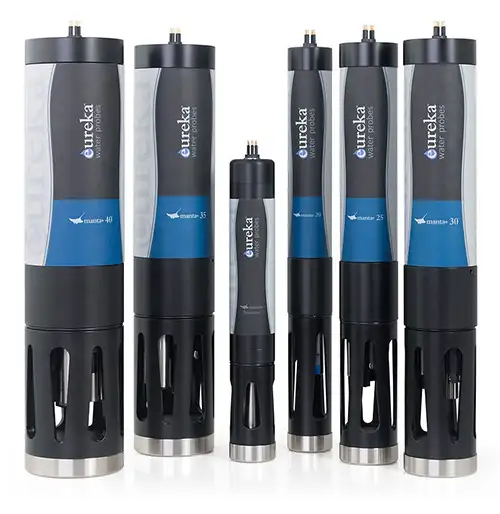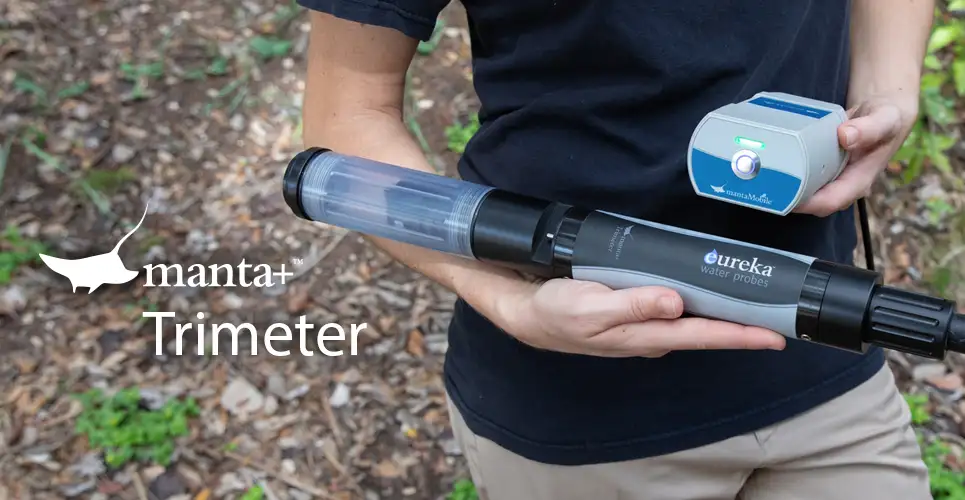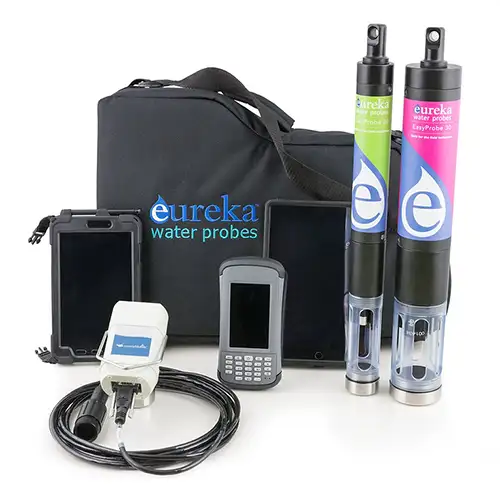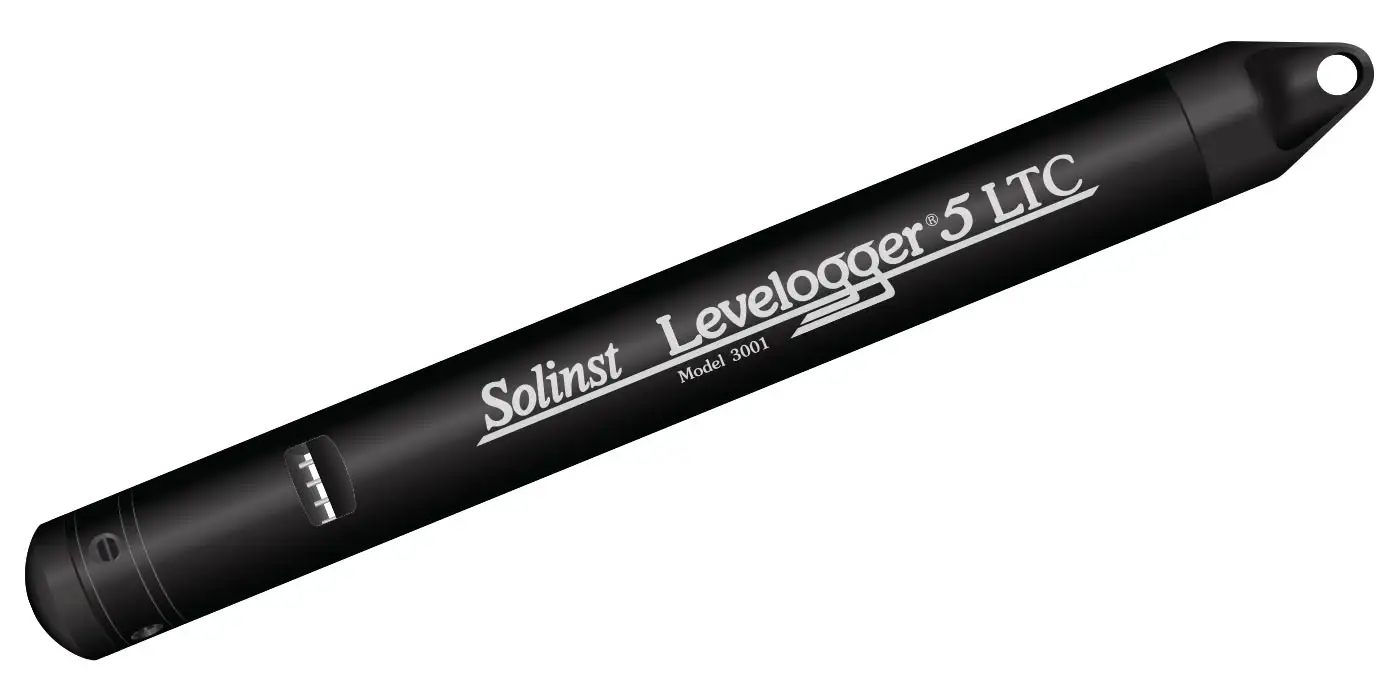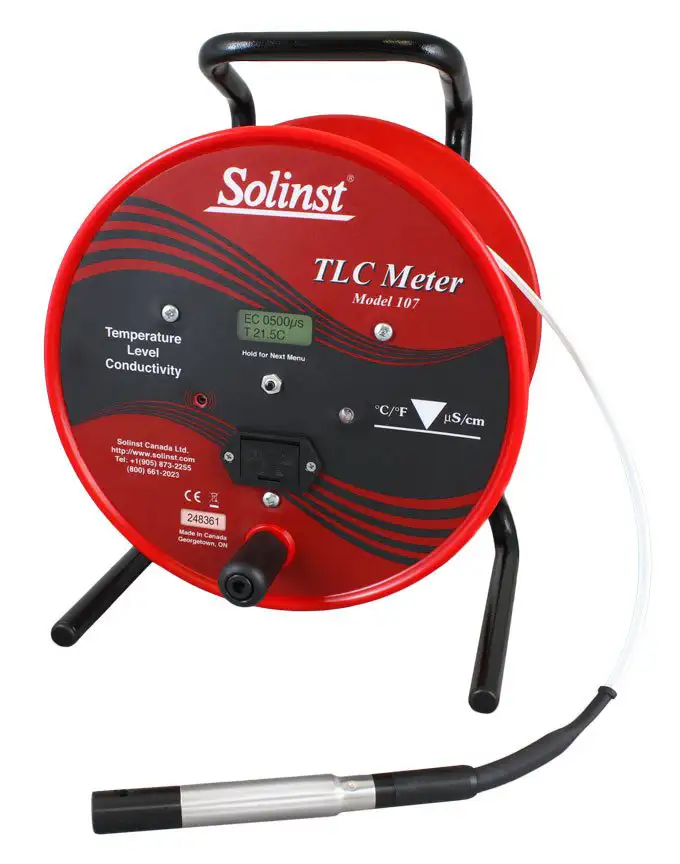CDOM Colored Dissolved Organic Matter Sensors: Water Quality Monitoring
Solinst Eureka
2113 Wells Branch Pkwy, Suite 4400
Austin, TX, USA
78728
Tel: +1 512-302-4333
Fax: +1 512-251-6842
email: [email protected]
Depth Discrete Groundwater Monitoring
Reduce Costs and Field Time
Why would I want to measure CDOM (Colored Dissolved Organic Matter)?
Dissolved Organic Material (DOM) exists in many forms ranging from naturally occurring humic acids, to by-products or secretions excreted from organisms. DOM is a highly abundant form of organic matter and represents a major reservoir of reactive carbon. It is also a dynamic substrate which can undergo reactions to become accessible to bacteria, plants, and animals as an energy source, or it can photodegrade resulting in the production of volatile compounds that can have adverse effects on organisms and the environment. DOM typically contains chromophores that absorb UV and visible light, hence the term Chromophoric (or colored) Dissolved Organic Materials (CDOM). CDOM will also fluoresce (hence the term FDOM) after light absorption, allowing researchers a way to detect and quantify its abundance in water systems using fluorometry.
Detection of DOM levels in water systems greatly increases the power of monitoring efforts and helps explain events such as a sudden decrease in primary productivity, phytoplankton regime shifts, algal blooms, and changes in an environment.
How is CDOM Measured?
There are many methods for the detection of CDOM in water but the simplest and most cost efficient way, is in situ fluorescence. Eureka’s CDOM sensor from Turner Designs is a fluorometric sensor. Fluorescence occurs when a molecule absorbs light energy at one wavelength and then emits that energy at a different wavelength. Fluorometric sensors emit light at a certain wavelength, and look for a very specific, different wavelength in return. Eureka’s CDOM fluorometer, uses ultraviolet (UV) excitation for CDOM detection. Realizing there are different CDOM sources that may emit a range of wavelengths, Turner chose a broad band emission filter that will detect various types of CDOM found in the natural environment.
What should I know about CDOM (Colored Dissolved Organic Matter) measurement in the field?
Fluorescence detection of CDOM is the easiest and fastest means of estimating DOM by taking advantage of CDOM’s natural fluorescent property of absorbing UV light and fluorescing blue light. CDOM measurement is of interest to researchers due to its effect on light in surface waters. Fluorescence detection using Eureka’s CDOM fluorometer is more sensitive, faster and less expensive than other qualitative measures, and requires no sample handling. Natural water fluorescence data can be collected without the need to conduct extractions or other sample preparations. Although fluorescence data from natural water is a qualitative measurement, this data has been shown to correlate well with extracted DOM data. Due to the sensitivity and ease of use of the MantaPlus Multiprobe, data can be collected easily and quickly in virtually any environment. Monitoring of CDOM in a continuous, flow-through mode, using Eureka’s flow cell adapter, eliminates the problems associated with sample collection and storage, and allows for the automatic correction of temperature effects. Shipboard on-line monitoring permits the collection of large data sets along a ship’s track. Applications Include:
- Continuous monitoring of wastewater discharge. CDOM fluorescence corresponds to total organic carbon (TOC), which is an indicator of discharge water quality.
- Natural tracer of specific water bodies. CDOM concentration can indicate the dispersion, transport and mixing of a water mass.
- Investigations of the magnitude of photosynthetically active radiation (PAR) and primary production due to its significant absorption of light in surface waters, especially in coastal and estuarine areas.
- Ocean color research and the effect of CDOM on satellite imagery.
- Investigations of DOM cycling and energy budgets.
- Investigations on the effects of photochemical bleaching of DOM in surface waters.
- The use of CDOM fluorescence data to calculate the fluorescent quantum yield that is then used to determine the CDOM absorption coefficient.
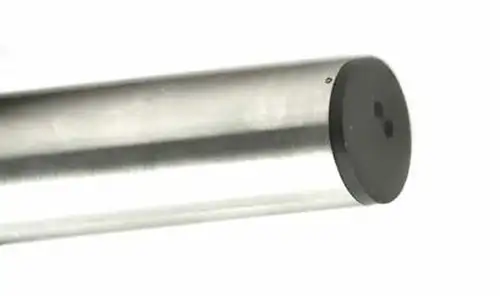
CDOM Colored Dissolved Oxygen Matter Sensors for
Water Quality Sondes
- Range
0 to 500 ppb - Accuracy
linearity of 0.99 R² - Resolution
0.01 - Units
ppb - Calibration
lab-qualified sample
secondary solid standard cap (“cal cube”) - Maintenance
cleaning and calibration - Sensor Life
5+ years - Sensor Type
fluorescence
Features of Solinst Eureka’s CDOM Colored Dissolved Organic Matter Sensors
Solinst Eureka MantaPlus multiparameter probes may be configured to include any of our fluorometers. The CDOM sensor may be installed in the probe, along with other sensors such as turbidity, dissolved oxygen, pH and conductivity. This makes for a cost-effective approach, as there is no need to buy a dedicated fluorometer. Operation is made easy, as the CDOM sensor is controlled by the Manta Control software, like other installed sensors. When only the CDOM sensor is needed, it may also be installed stand-alone on one of Eureka’s smaller probes, such as the Trimeter.
MantaPlus and Trimeter Multiprobes may be configured with battery backs for autonomous self-powered deployment, used with field displays for site-to-site spot checking, or connected to data telemetry stations for real-time remote monitoring. Solinst Eureka sondes equipped with fluorometers are portable, durable, and cost-effective.
Related Products
Manta Series Water Quality Probes
Solinst Eureka offers the largest selection of water quality sensor technologies in the industry. So in addition to standard configurations, each probe may be customized for your specific application. Pick sensors of your choice to fully populate larger probes, or add a battery pack to convert a probe to a logging device.
Manta Trimeter Water Quality Probe
The Trimeter holds any one sensor* from the Sensor Parameters list, Plus temperature and depth sensors (both are optional). For example, a Trimeter configuration could be turbidity, temperature, and depth. Another example could be DO and temperature.
EasyProbe: Water Quality Sondes
The EasyProbe, by Solinst Eureka, is a high-performance, cost-effective water quality monitor. It's ideal for spot-checking, remote telemetry, education, research, aquaculture, and more. The EasyProbe20 includes sensors for temperature, dissolved oxygen, conductivity, and pH, while the EasyProbe30 adds a turbidity sensor. Eureka multiprobes are known for their reliability, with a three-year warranty covering all sensors, and have the lowest maintenance costs in the industry.
Water Level, Temperature & Conductivity Datalogging
The Levelogger 5 LTC measures and logs water level fluctuations, temperature and conductivity. It is programmed to record at intervals as often as 2 seconds. It includes an 8-year battery, memory for 100,000 sets of readings, and comes in 6 pressure ranges. A PFAS-free coating (inside and out) provides superior corrosion and abrasion resistance.
TLC Meter – Measure Accurate Temperature, Level & Conductivity
A TLC Meter provides accurate, stable temperature and conductivity measurements, displayed on a convenient LCD display for easy reading. Static water level and depth of readings are read off Solinst flat tape, which is precisely laser-marked every mm or 1/100 ft. Tape lengths are available to 300 m (1000 ft).

